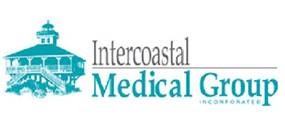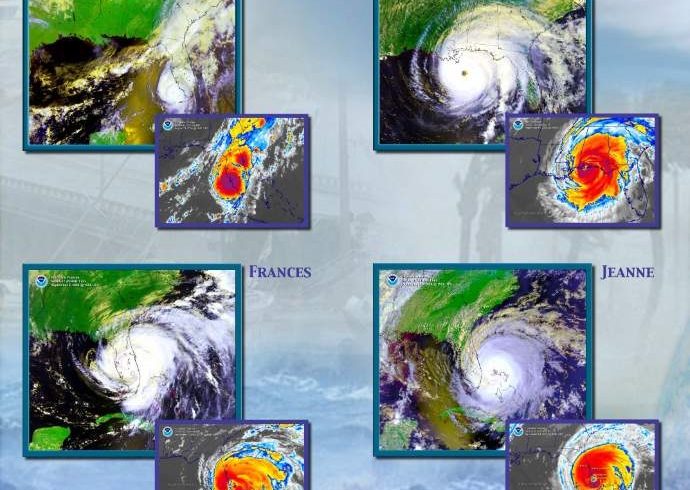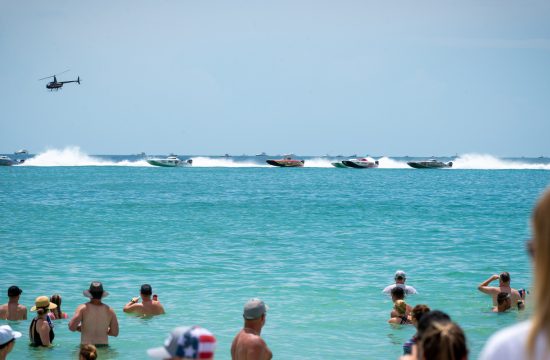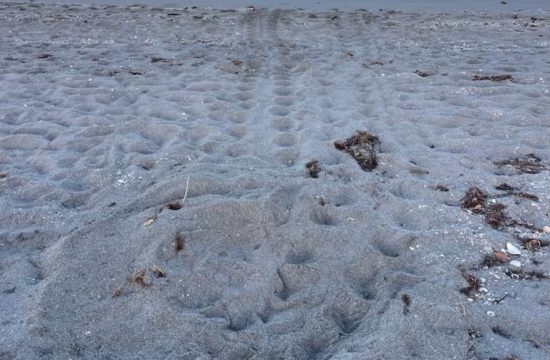Florida, officially known as the “Sunshine State,” was dubbed the “Plywood State” by media after it was battered by four hurricanes in only six weeks during the 2004 hurricane season. Nearly every square inch of Florida felt the impacts from at least one of those four storms.
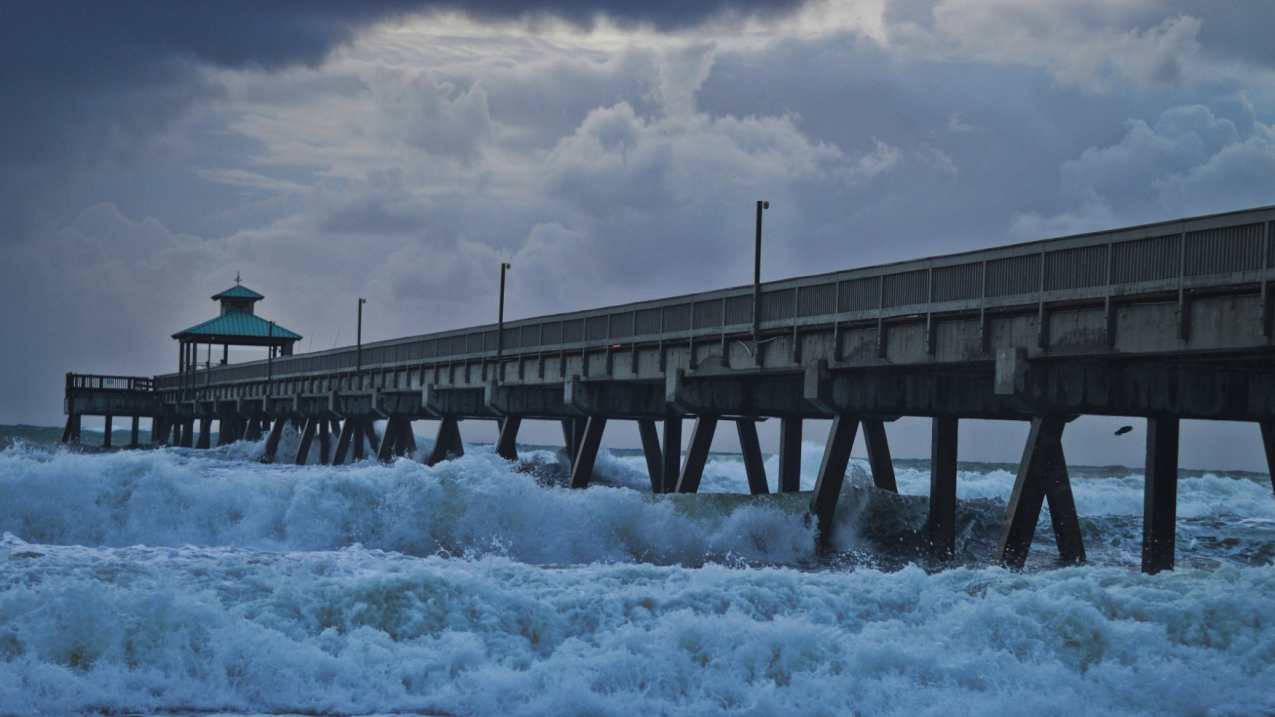
Waves on top of a hurricane’s storm surge can worsen the destructive power of the ocean. NOAA’s Jamie Rhome was instrumental in leading the development of storm-surge forecast products implemented in recent years to inform the public and vital constituencies about the risk of storm surge. (iStock)
NOAA’s 2004 Atlantic Hurricane Outlook called for an active hurricane season, and it was – 15 named storms, with nine becoming hurricanes. Four of those hurricanes – Charley, Frances, Ivan, and Jeanne – took aim at Florida in quick succession. Each one was different, yet each served as a reminder of what these storms can bring to those living or vacationing in hurricane-prone areas.
Hurricane Charley
Charley was first. A hurricane warning extended across the entire west coast of the peninsula on the morning of August 13. But many people only paid attention to the center forecast line inside the track forecast error cone. That morning, the line was over the Tampa Bay region. But early that afternoon, Charley strengthened to a category 4 hurricane and veered a bit to the right, coming ashore at Punta Gorda, about 100 miles south of Tampa.
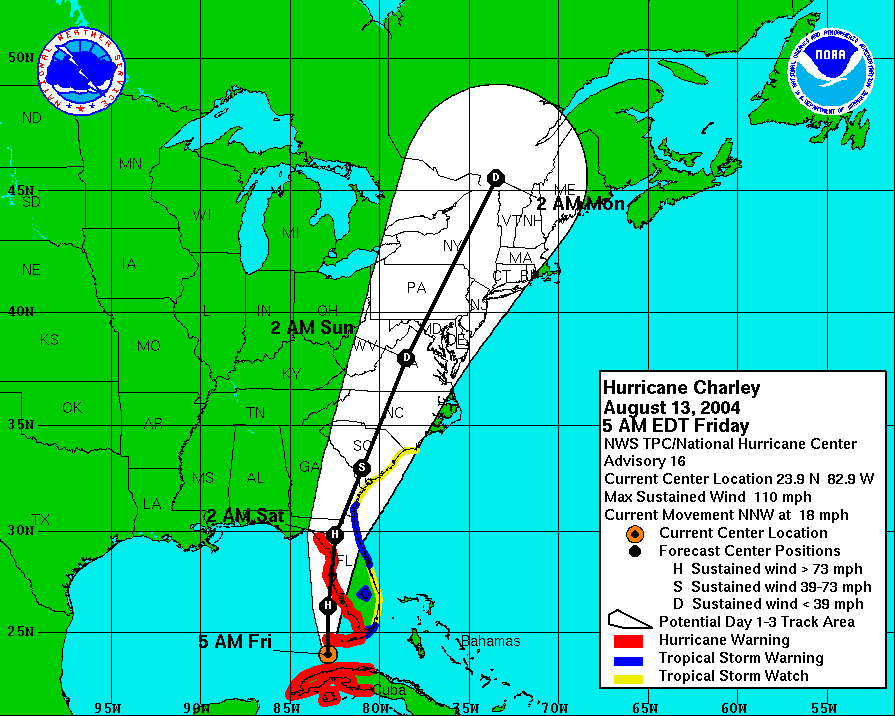
Remember: Pay attention to the entire forecast cone. Equally as important, the cone doesn’t depict how far the storm’s impacts will be felt. High winds and heavy rain can extend hundreds of miles from the center.
Hurricane Frances
23
The number of tornadoes spawned by Hurricane Frances
Several weeks later on September 5, Hurricane Frances made landfall as a category 2 at Hutchinson Island on the Florida east coast. The center of the storm was very large, 55 to 80 miles wide at landfall, but as the calm center passed overhead it belied what was to come as Frances moved inland. As the storm cut across the peninsula and moved on to the panhandle it created numerous tornadoes statewide.
Remember: Tropical cyclones often spin-off destructive tornadoes.
Hurricane Ivan
On the same day that Frances hit, Hurricane Ivan developed over the tropical Atlantic Ocean. On September 16, Ivan center came ashore as a category 3 just west of Gulf Shores, Alabama. Portions of the Interstate 10 bridge system across Pensacola Bay were severely damaged due to the severe wave action on top of the 10-15 foot storm surge. Storm surge occurred all the way to Tampa Bay, about 500 miles from Ivan’s point of landfall.
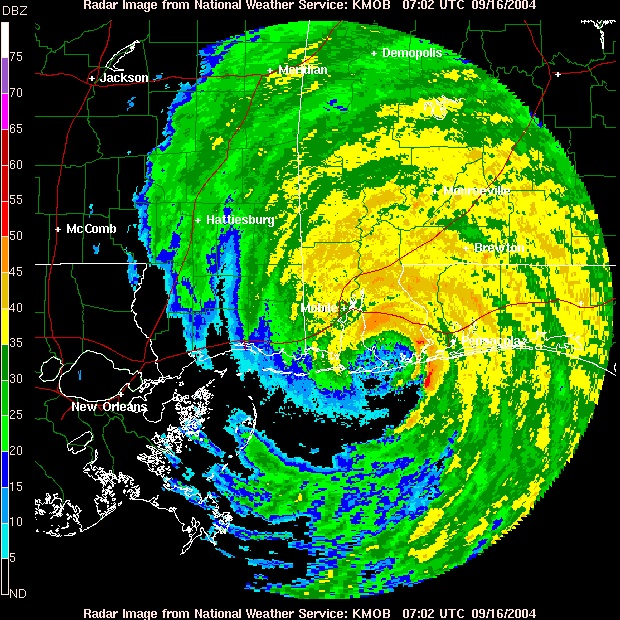
Remember: Storm surge can occur far from where the storm’s center goes ashore and outside the envelope of hurricane-force winds. Pay close attention to storm surge watches and warnings.
Hurricane Jeanne
Florida’s east coast was still cleaning up from Frances when it was hit again on September 26, this time by Hurricane Jeanne as a category 3 storm. Its 55-mile-wide eye crossed the Florida coast at virtually the same spot where Frances did. Widespread flooding rainfall of more than seven inches accompanied Hurricane Jeanne as it slowly moved west and north over the state.
Remember: Inland flooding can be a major threat with any tropical cyclone.
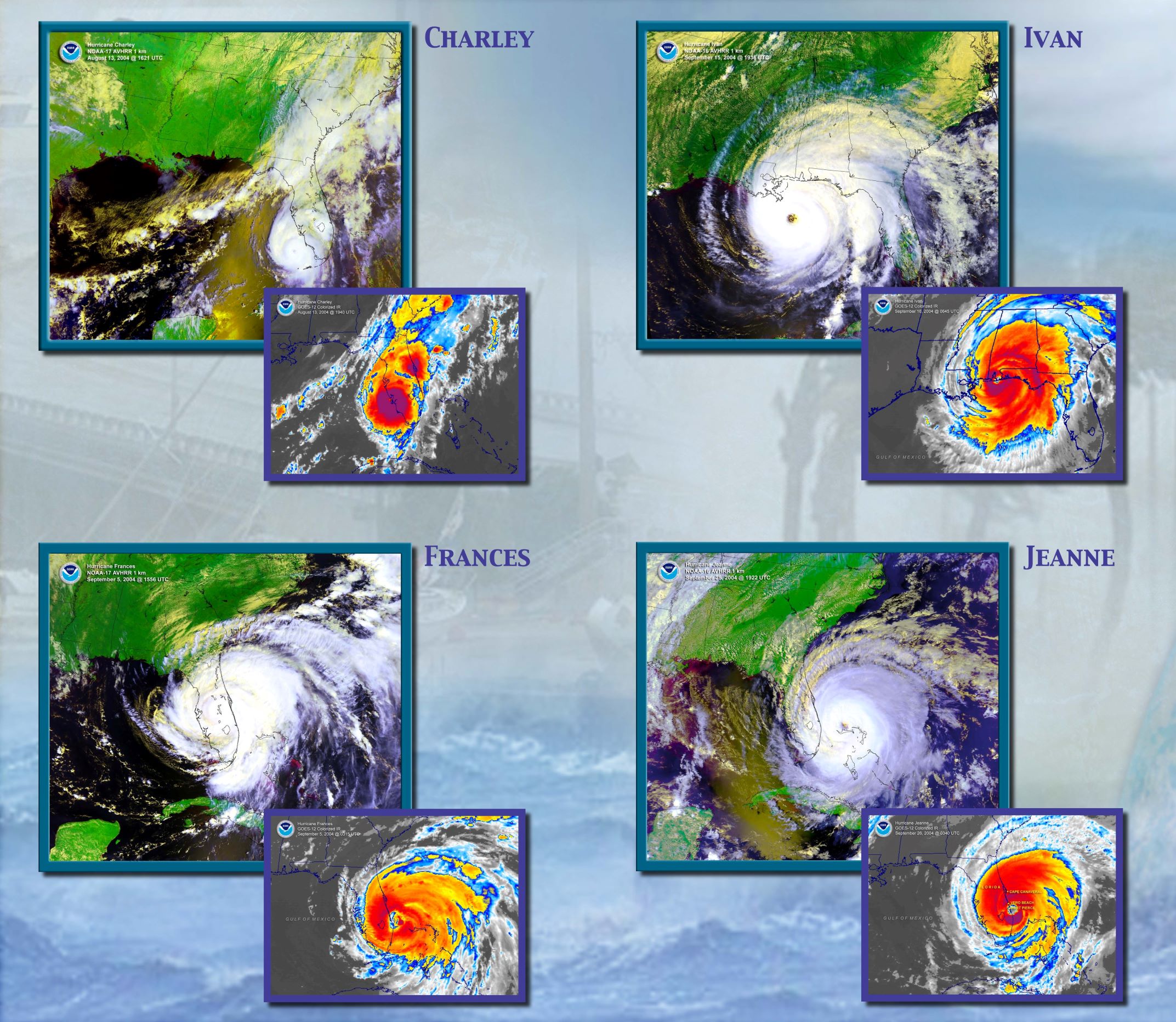
Florida experienced four unique storms in 2004, and though the names Charley, Frances, Ivan, and Jeanne were retired by the World Meteorological Organization and will never be used again, the threats posed by each of those storms are still a factor today. Your best line of defense? Be prepared; have a hurricane plan in place, when storms threaten get the latest information from NOAA’s National Hurricane Center, and lastly, follow instructions from your local emergency management officials and heed their advice.

